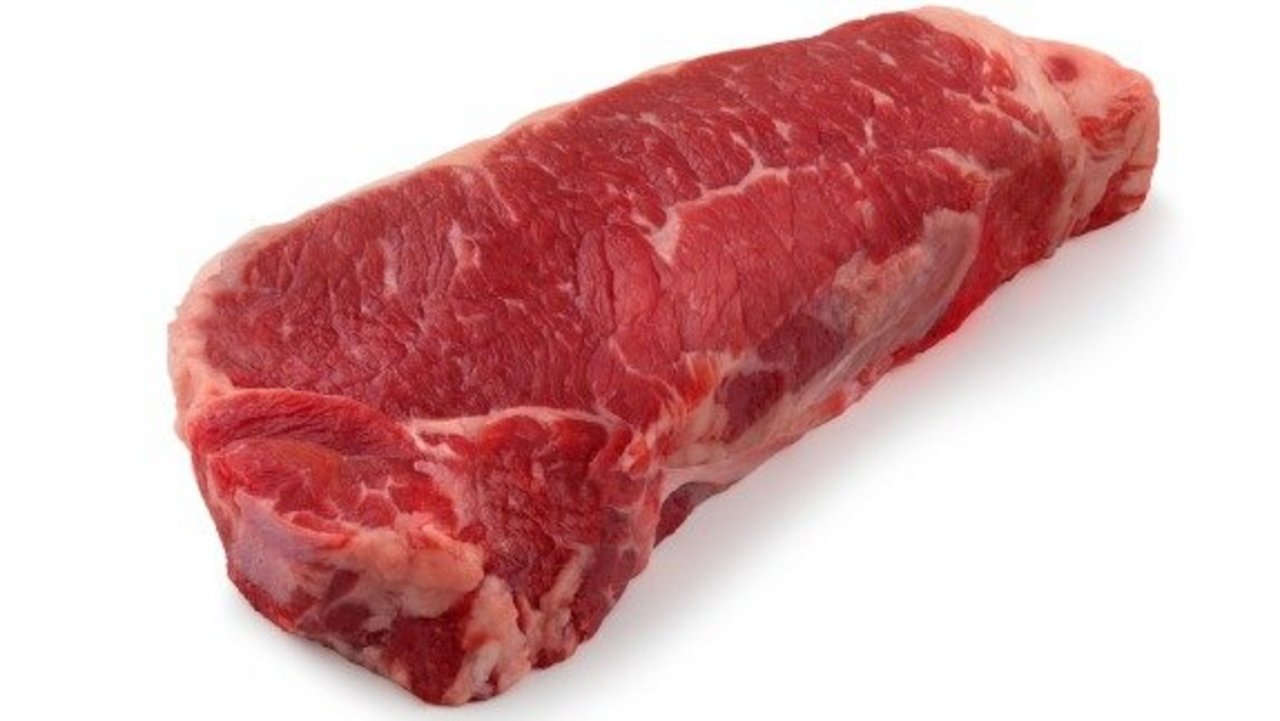Australian red meat exports faced turbulent global conditions throughout 2022. While there were hugely positive developments such as the signing of trade deals with India and the UK, there were also a series of natural disasters, war and the onset of inflation , all of which have shaken consumer confidence in Australia's key export markets.
Despite this, Australian red meat exports performed strongly in 2022, with record lamb exports offering a window into 2023 for beef producers and exporters.
Beef
Beef exports totaled 854,596 tonnes swt for the year, 4% less than in 2021 and the lowest total exports since 2003. Export volumes declined in most major markets, with Japan and the US down 8% each, Southeast Asia and Middle East North Africa (MENA) down 6% and South Korea down 3%. The exception was China, where beef exports grew 7% to 158,000 tons in the year.
Despite this, high demand has led to strong prices for beef exports. Prices peaked in June at A$12.07 (US$8.55) per kilo and averaged A$11.09 (US$7.86) in the year to October, meaning that, in By value, Australian exports had their biggest year since 2019, even as supply was substantially lower.
These high prices came from some of the strongest competition ever seen in Australia's largest markets. As the liquidation of the American herd deepened, cheap American beef flooded into Japan and South Korea, giving the US its biggest market share in 20 years in both markets. At the same time, Brazilian exports have increased massively to become the top supplier of beef in China, now solidly the largest importer of beef in the world.
Australian exporters responded by emphasizing what makes Australian beef different, especially in terms of product traceability, consistency and taste. This has allowed Australian beef to maintain a premium image in the global market, even with limited supply.
